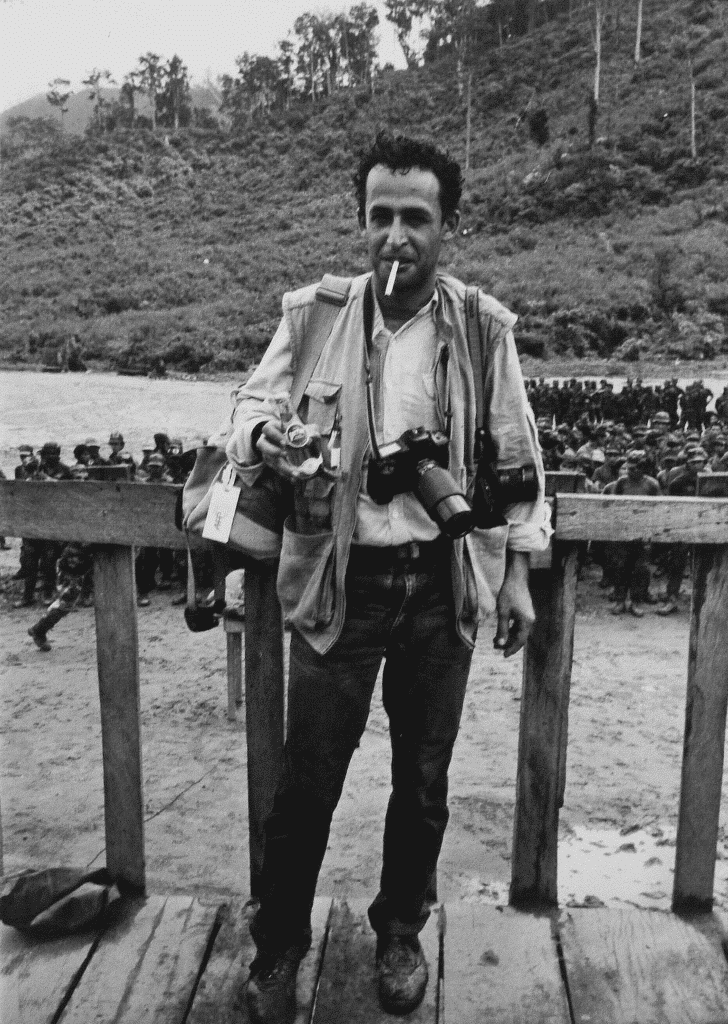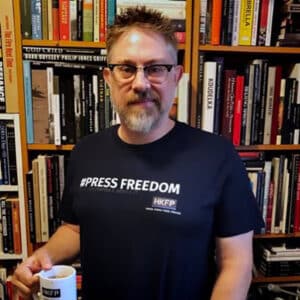Manoocher Deghati has seen much in his life. His story starts in his native Iran, from where he spent the next 30 years photographing major world events from such diverse places as Costa Rica, Egypt, Israel, France, Afghanistan, Kenya, Somalia, Uganda, and Bangladesh. But the first events he covered are the most intense in his mind.
“The most intense story I covered was at the very beginning of my career: the Iranian Revolution and the subsequent Iran-Iraq war which I covered until 1985, when I had to flee my country because of my work as a photographer,” he tells. “Not only did the conflict take place in my own country, and I had family members and friends who were affected, it was also one of the most atrocious recent wars with an estimated 1 million dead.”
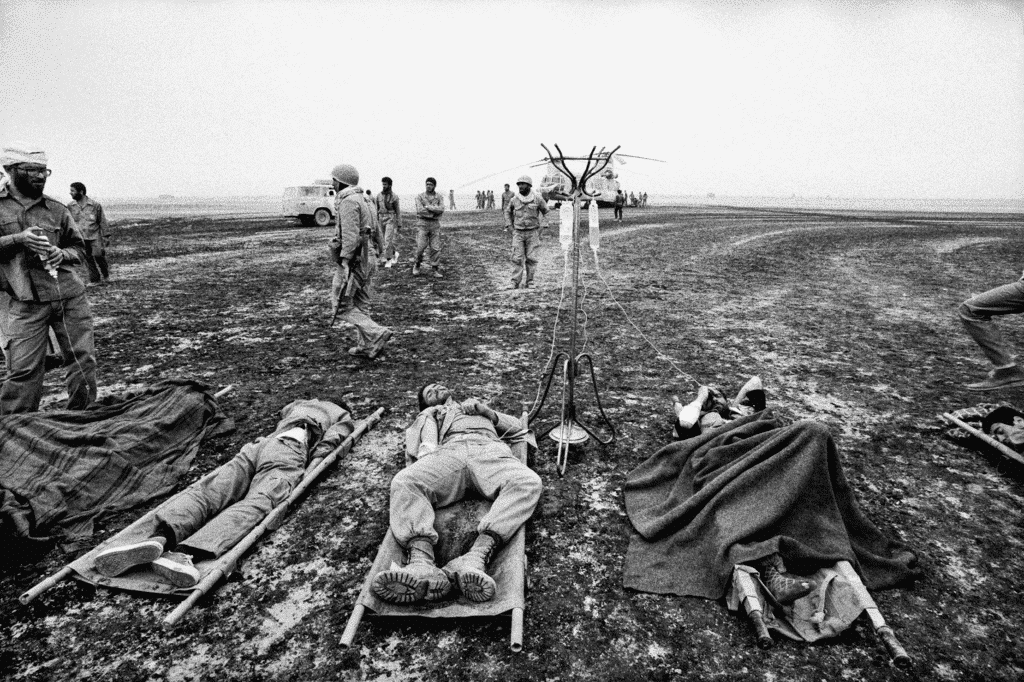
The war zones that have drawn him in were not his first career choice. He originally was interested in the moving image. Deghati began his career seeking to become a filmmaker. But upon his return to Iran, what was occurring in the country almost naturally drew him into photography.
“My first love was indeed cinema. At a young age, I fell in love with Italian cinema, especially neo-realism, so I wanted to be a cameraman. After high school, I packed my bag, took a 10-day train to Rome and enrolled in cinema school in Rome where I studied filmmaking. Returning to Iran, I moved to photography to document the social movements and the revolution, because a photo camera was what I had at hand.”
Back in Tehran, Deghati began wandering the streets of the city as the Iranian Revolution swirled around him. People were out in the streets all over protesting corruption, over the Shah who ran the country, and for democracy. The Shah, in response, sent soldiers into the streets to put down the protests. Often with violent consequences.
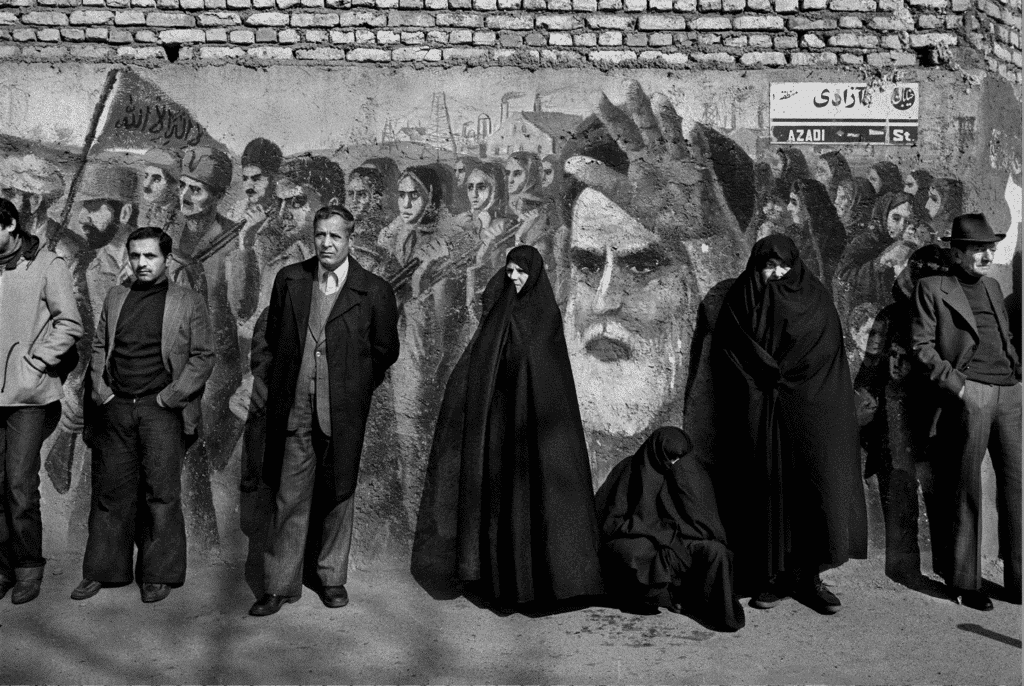
As recounted in a passage from the book, Deghati himself, despite his camera, was not immune to what was happening around him. An open truck full of soldiers slowly rolled past him, its diesel engine roaring. Upon seeing Manoocher, one of the soldiers on the truck bed loaded his rifle and took a shot at him. He could hear the bullets whistle on both sides of his head but miraculously he wasn’t hit, and the bullets struck the wall behind him. Dust and slivers of concrete hit him in the face. He immediately threw himself to the ground, looking for cover. But the truck simply rolled away, out of sight.
Passersby came flocking, pointing at the man on the ground: “Oh my god, they shot him!” Other voices raised: “He’s a shahid, a martyr!”
Manoocher Deghati lifted his head and looked around. “No, I’m not a martyr,” he said. “They missed. It’s okay, I’m fine.”
The photographer was alive but shocked that this soldier had just shot at him without apparent reason. Until it dawned on him that he had been targeted because he had been taking photos. The thought that photos were that feared by the authorities only reinforced his determination to document the events.
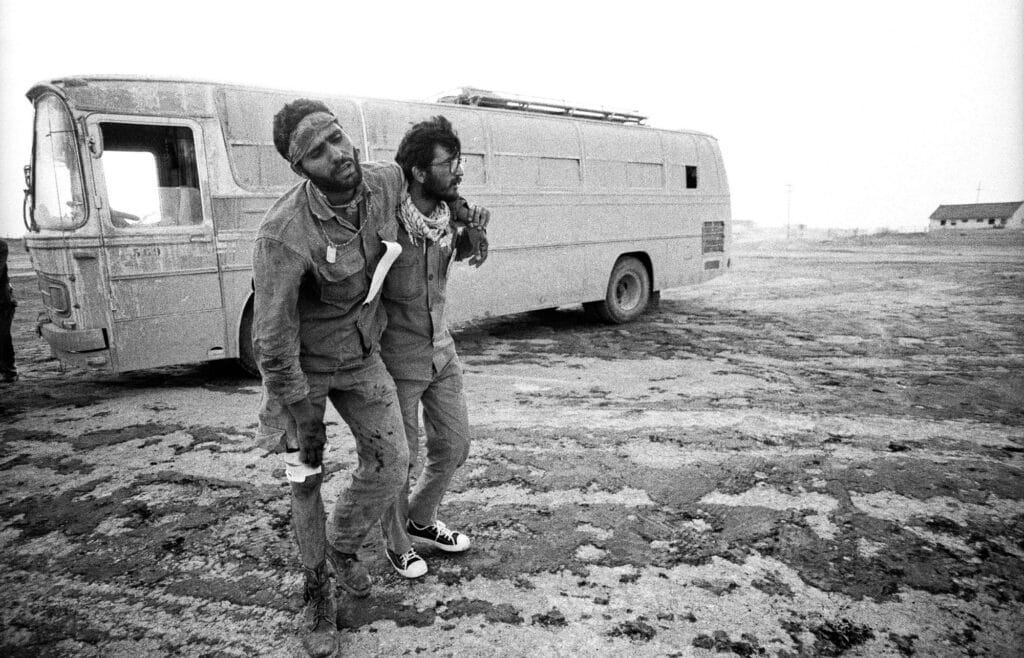
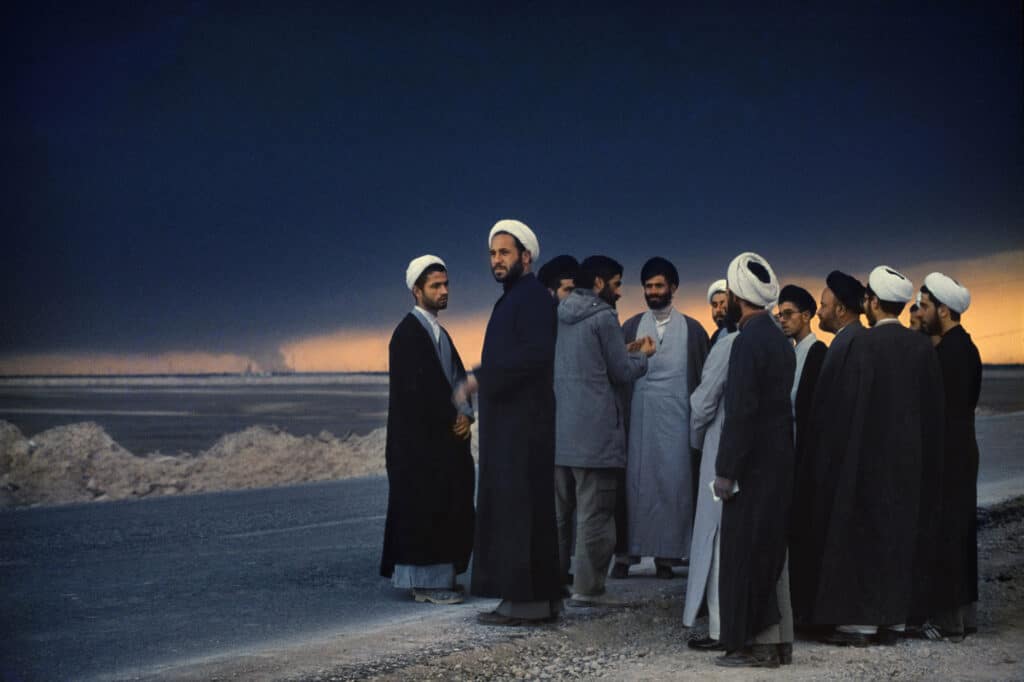
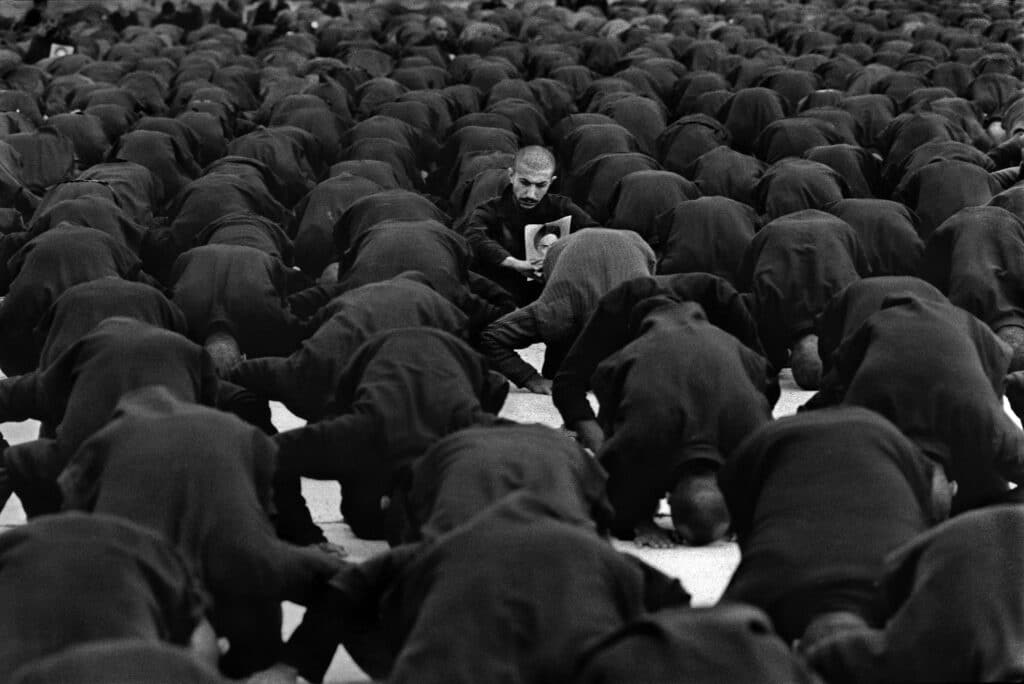
Manoocher Deghati continued to photograph the Iranian Revolution, and from there the subsequent war between Iran and Iraq, until he was forced to flee Iran in 1985. He then went on to work for several photo agencies, including Sipa, Black Star and the AFP along with work for the United Nations. He also served as the director of photography for the Associated Press in the Middle East.
In 2002, he founded the AINA Photojournalism Institute in Kabul, Afghanistan. The organization’s goal was to train photojournalists and support the development of photojournalism across the Middle East. All the while he continued to train his own humanistic look on events around the world.
The texts from the book also illustrate another aspect to Eyewitness that makes it different from most other photography books. Instead of a standard biography of the photographer, Deghati’s story is written in the form of a historical novel, authored by his wife, Ursula Janssen. It turns a simple biography into a riveting story, all the more powerful for the truth in it. Combined with the photographs, the whole becomes a truly special object.
“My wife Ursula is an archaeologist and author who has published several historical novels,” Deghati says. “It was her idea to write a novel about my life in her style of writing, a biography in the form of a novel that covers relatively recent historical events as well. Working on the novel for us was a lockdown project during the Covid-19 pandemic. In the evenings I told my wife episodes from my life, she took notes and hence wrote the book.”
Ursula and Manoocher met when he was working for National Geographic Magazine. The magazine sent him to Syria in 2002 to cover an important archaeological find on which Ursula was working.
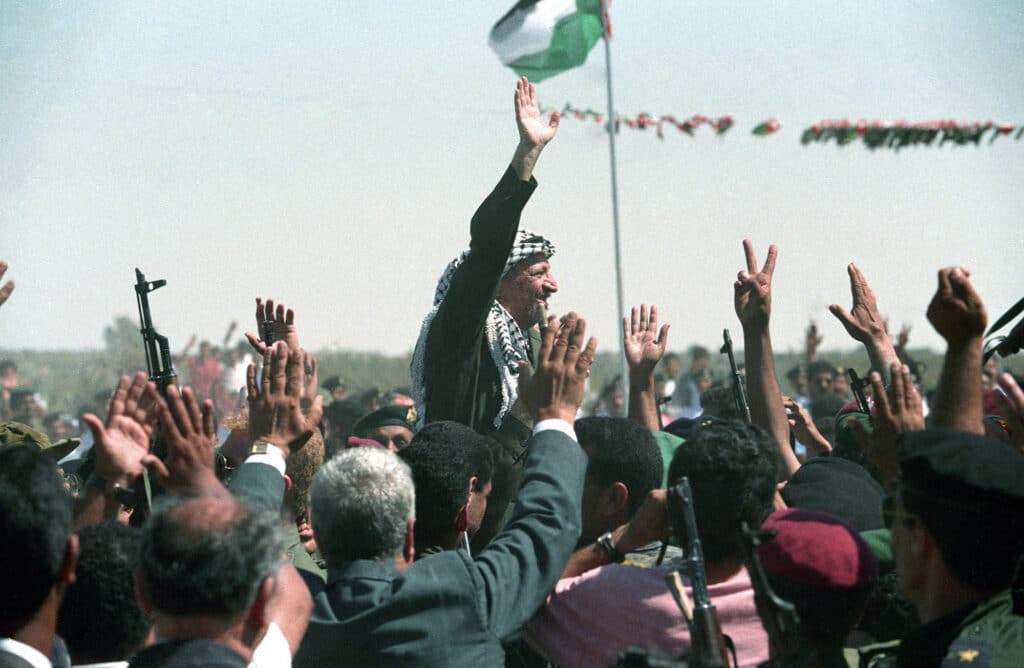
What Manoocher Deghati thinks is most important about his photographs today, and what he hopes people take away from his work, is that photojournalists create historical documents that matter at the very moment they take images as well as years or decades later. It is through these visual documents that people can see the reality of other people’s lives, and hopefully learn from the history that they see with their own eyes in the prints.
His book is the story of an indestructible zest for life that exposes the nature of oppression and celebrates the relentless pursuit of freedom. Though Deghati has seen very violent scenes and human crises throughout his career, he remains optimistic about our world and its future, and perpetuates a spirit common to many photojournalists. “I prefer to call myself a peace photographer than a war photographer,” he claims. “It is true that I have covered many wars, conflicts and harsh social issues, but always to denounce them. My aim is to expose war in order to propagate peace. But at the same time, I always wanted to show the human side of civilians in conflict, not to show only victimhood, but dignity, moments of joy and happiness, and individual stories. I think that therefore all the wars I have seen have not left me bitter but optimistic about the humanity in all of us.”
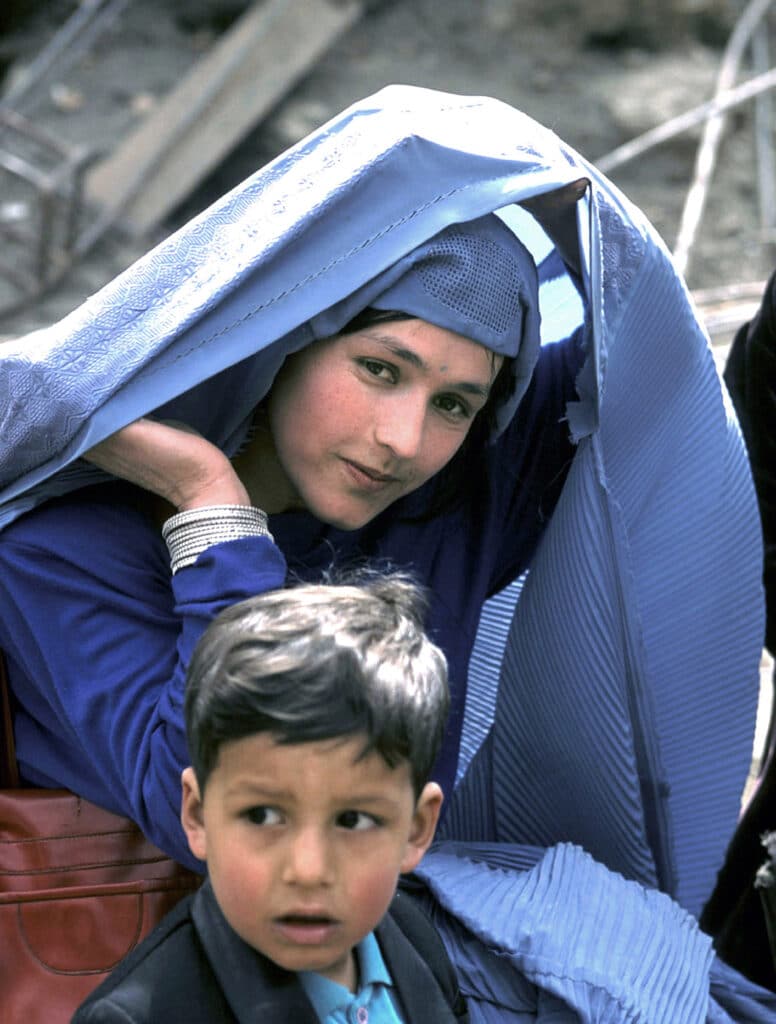
Eyewitness is edited by Sarah Leen and designed by Joao Linneu. The book is bi-lingual in French and English. It is being published by FotoEvidence, and will be released in September. It can be purchased on the FotoEvidence website here.
